Join us “behind the fin” with Ben Bloodworth, President of the Grand Valley Anglers Chapter of Trout Unlimited and Program Coordinator at RiversEdge West (formally the Tamarisk Coalition), located in Grand Junction, Colorado.
How long have you been a TU member?
I have been a TU member since 2001, when I first learned about the organization because I was offered a job to help start up a new office in Anchorage, AK. Sadly, I had to turn the position down (long story involving therapy-inducing spasms of regret), but became a member and have mostly been a consistent member since that time.
Why did you become a member and what chapter are you involved with?
I originally became a member because I believe in the mission of TU. At the time I joined, I had just recently started fly-fishing - as well as attained my Master’s in Environmental Science - so my focus was centered mostly around coldwater conservation (with Trout and the occasional "please-stay-in-TU" gifts being a perk of giving). As a wetland ecologist by trade, I have spent my career working for state agencies and non-profits.
I am currently the President of Grand Valley Anglers (GVA) Chapter in Grand Junction, Colorado.
What made you want to be involved with TU?
The work that TU accomplished nationally (conservation, restoration, rehabilitation, protection) was the main impetus of involvement for me. However, that involvement in the beginning was strictly based upon monetary support (through the annual dues as well as support for individual campaigns) and not direct volunteerism for a particular Chapter..
What is your favorite activity or project you have done with TU?
After all the above-mentioned discussion about conservation work and the like, one may expect that my favorite TU activity would be some awesome stream restoration project. The fact of the matter is that I've been involved with many more of those types of projects in my career than in my volunteerism, so the typical TU project is not what I have enjoyed the most.
As President of the Grand Valley Chapter, my mission here in Grand Junction has been to get a younger and more diverse group of folks involved at the local level. So, while I have enjoyed working on several streamside restoration projects, setting up Trout-in-the-Classroom tanks, and providing community casting events, my favorite projects have been "fundraisers". I use quotes there because, while they are indeed now our Chapter's biggest fundraisers, the events I have started are more about bringing a new crowd out to hear what we as a Chapter are doing. My favorite activities are thus the flyfishing film tours, Iron Flys, and competitions that we are now doing consistently in Grand Junction and I get excited watching how many people who don't know TU come out to enjoy our events and get to know more about who we are.
I know you won’t tell me your favorite spot, but what is your second favorite place to fish or favorite fishing story?
Well, like most fisherman I've got great (in my mind) fishing stories ranging from trout to tarpon, but one of my best ones of late stemmed from a day of bass fishing in Oklahoma, and was much more than just about fishing. This is an excerpt from one of our GVA spring newsletters that tells that story:
"Why was I thinking about TU while fishing for largemouth bass? Well, the gray and white Clouser I was having the best luck with (9 crushing bass on my 4-wt before it was truly hammered) was Pat Oglesby’s. This was one of the flies I had selected from the table in back that Carol had put out at the truly inspiring memorial celebration she held in his memory. Attended by hundreds of people from across the state, it was amazing to see how Pat’s life had touched so many - a life of passion and service for Trout Unlimited, conservation, and youth education. So, while casting for warm water fish, I was thinking about Pat and the cold water fisheries he loved.
GVA supports these cold water fisheries through programs like Trout In the Classroom, Adopt-a-Trout, and conservation and education events for both youth and adults, as well as great community events. These are the things that Pat was passionate about and the things which those of us who get involved in GVA programs commit our time. Casting that Clouser I was thinking about this time, my passion for the TU mission, my vision for GVA in the future, and about trying to carry on the commitment to service that was the life of Pat. The amazing congregation of friends and family to celebrate at the memorial was evidence of Pat’s desire to help everyone with whom he came into contact, not only in their knowledge of fly-fishing, casting, or tying, or even in understanding why conservation is important, but in being better at living a life that matters.
So, whether it is while bass fishing, or teaching a kid to cast a fly, I challenge all of us to consider what a life of service can mean and how we can contribute, not just to the Chapter, but to the people, rivers, and places around us. How we can be more like a man that leaves an amazing legacy, and maybe a few effective flies behind…"
What does being a part of TU mean to you?
Being a part of TU for me is about being associated with a group that gets things accomplished, and accomplishes them well. It is about conserving our fisheries and assuring their long-term sustainability so that we can continue to catch gorgeous trout all across our beautiful country in the future, no matter what the climate, political or otherwise. It is about working together and sharing a beer on the river with fellow flyfishers who feel the way I do about protecting and restoring our native fisheries. And, to be clear, it is about fun, not Board meetings!
What else do you do in your spare time or work?
I currently work for RiversEdge West (formerly the Tamarisk Coalition), a small non-profit based in GJ that works with partners all across the southwest to restore and sustain native riparian areas.
In the little spare time left after work and TU, I cook, garden, read, canoe, camp, hike, backpack, and every now and then get to fish. These activities are often shared with my girlfriend, a little less often shared with my dogs, and still a little less often shared with my kids (who live back East). Oh, I also like to play volleyball, soccer, and guitar...


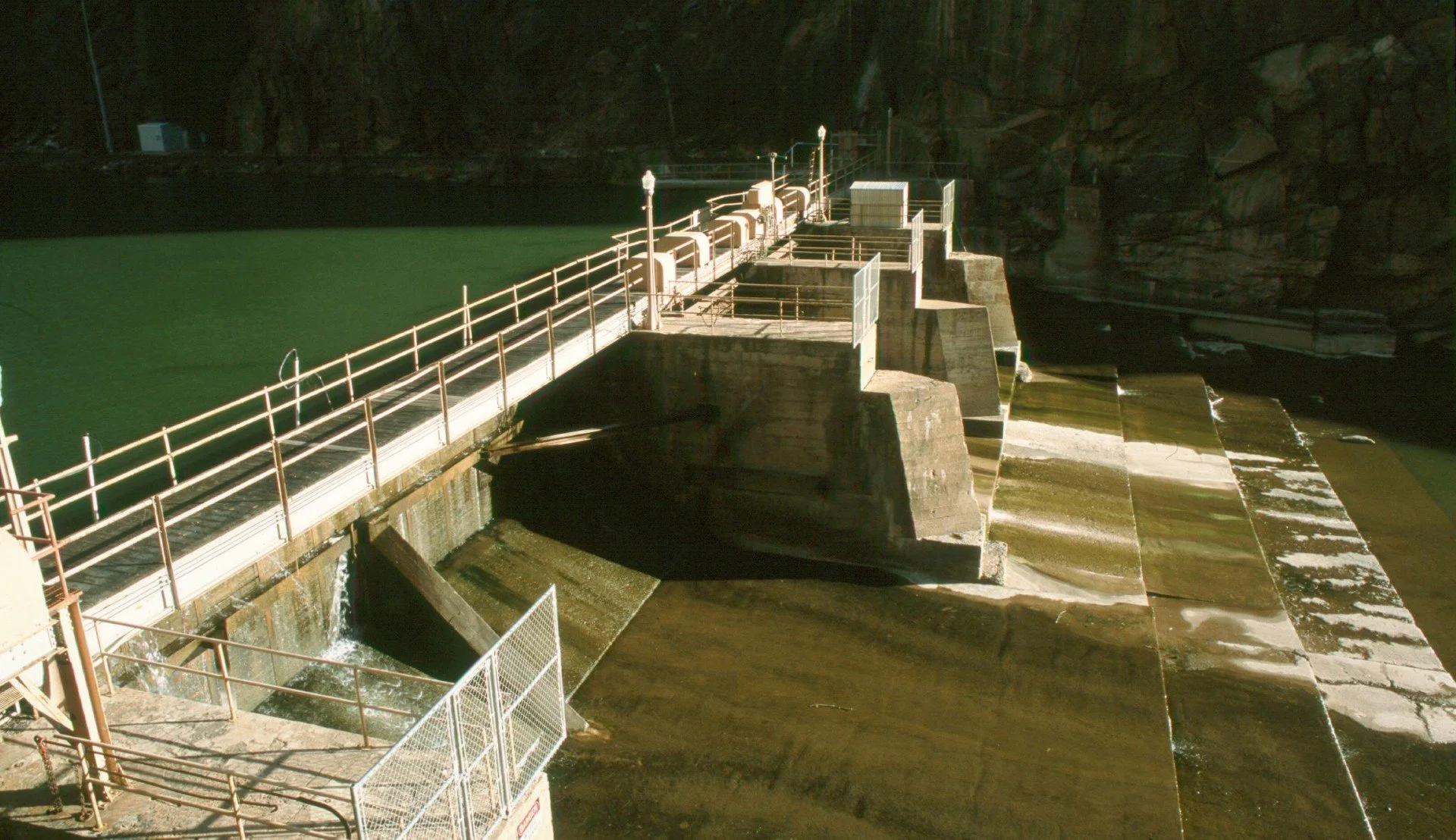
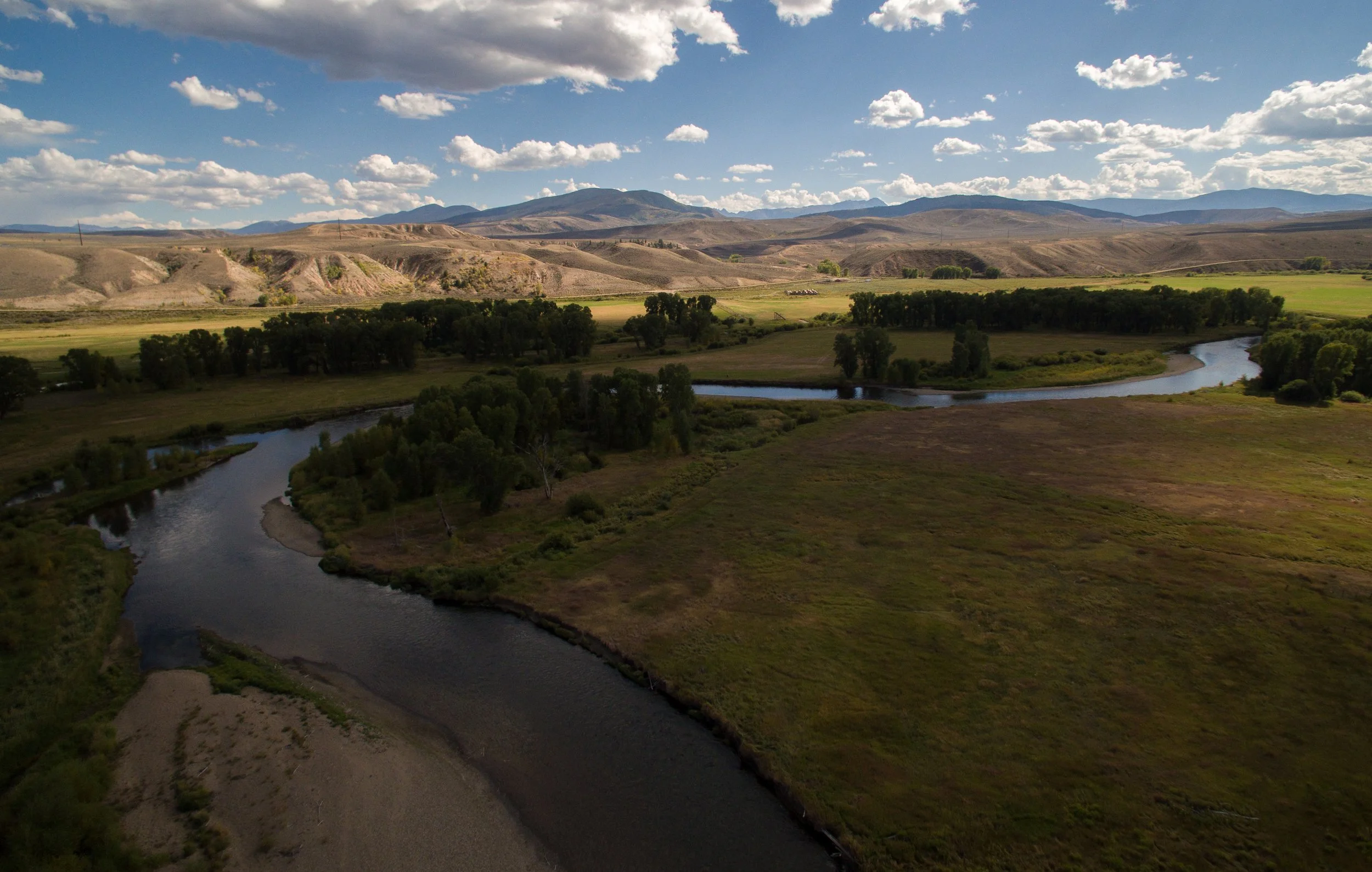
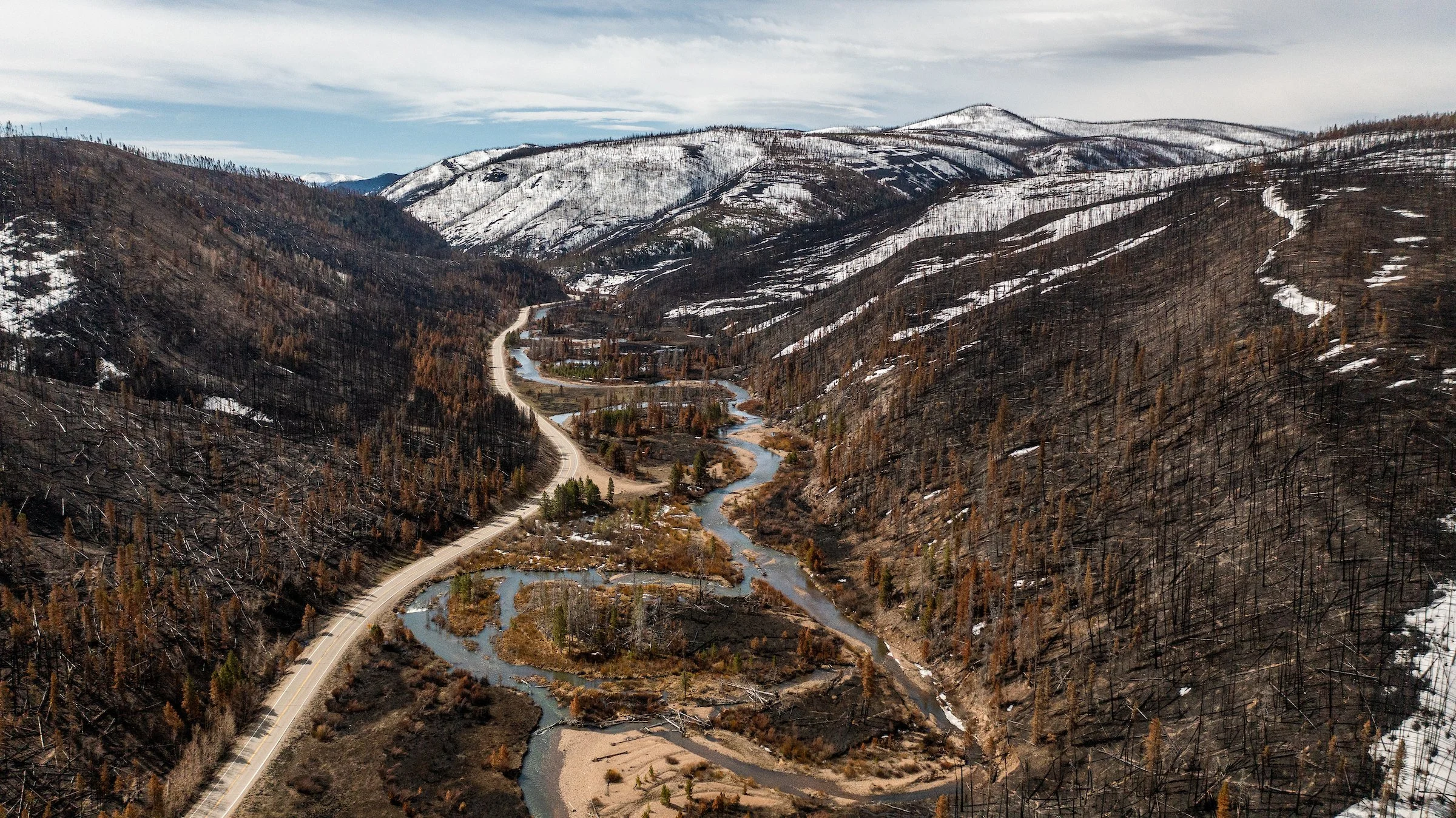






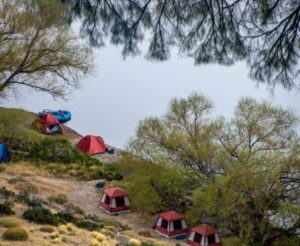 One way to fulfill your quest for adventure is to combine fly-fishing with camping as your lodging option. This will provide you with the opportunity to fully immerse yourself into the Patagonia wilderness without skimping on the creature comforts. Imagine a day where you fish the river, stream or lake of your dreams and then conclude the evening gazing into the star filled southern sky. You will be experiencing a side of Argentina that most people will never know.
One way to fulfill your quest for adventure is to combine fly-fishing with camping as your lodging option. This will provide you with the opportunity to fully immerse yourself into the Patagonia wilderness without skimping on the creature comforts. Imagine a day where you fish the river, stream or lake of your dreams and then conclude the evening gazing into the star filled southern sky. You will be experiencing a side of Argentina that most people will never know.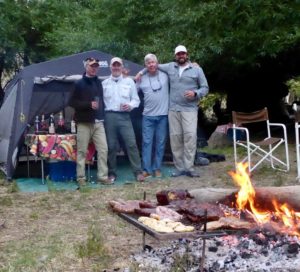 access. Camping becomes a practical lodging solution for those looking to fish on these waters less traveled. Equally important, camping allows you to maximize your time on the water, gives you a chance to fish the evening hatch and minimizes your time spent traveling.
access. Camping becomes a practical lodging solution for those looking to fish on these waters less traveled. Equally important, camping allows you to maximize your time on the water, gives you a chance to fish the evening hatch and minimizes your time spent traveling.



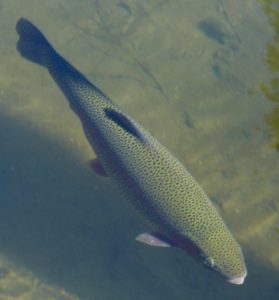
 Working together, the two groups helped to build the signs and Kirk's guides put them out in the Fall. As the ecosystem slowly begins to rebuild itself, it is critical that anglers respect the fragile nature of these fish populations. Thank you to Kirk's Fly Shop, the guides, and our members in the Alpine Anglers Chapter for helping to protect this recovering stretch of river!
Working together, the two groups helped to build the signs and Kirk's guides put them out in the Fall. As the ecosystem slowly begins to rebuild itself, it is critical that anglers respect the fragile nature of these fish populations. Thank you to Kirk's Fly Shop, the guides, and our members in the Alpine Anglers Chapter for helping to protect this recovering stretch of river!
